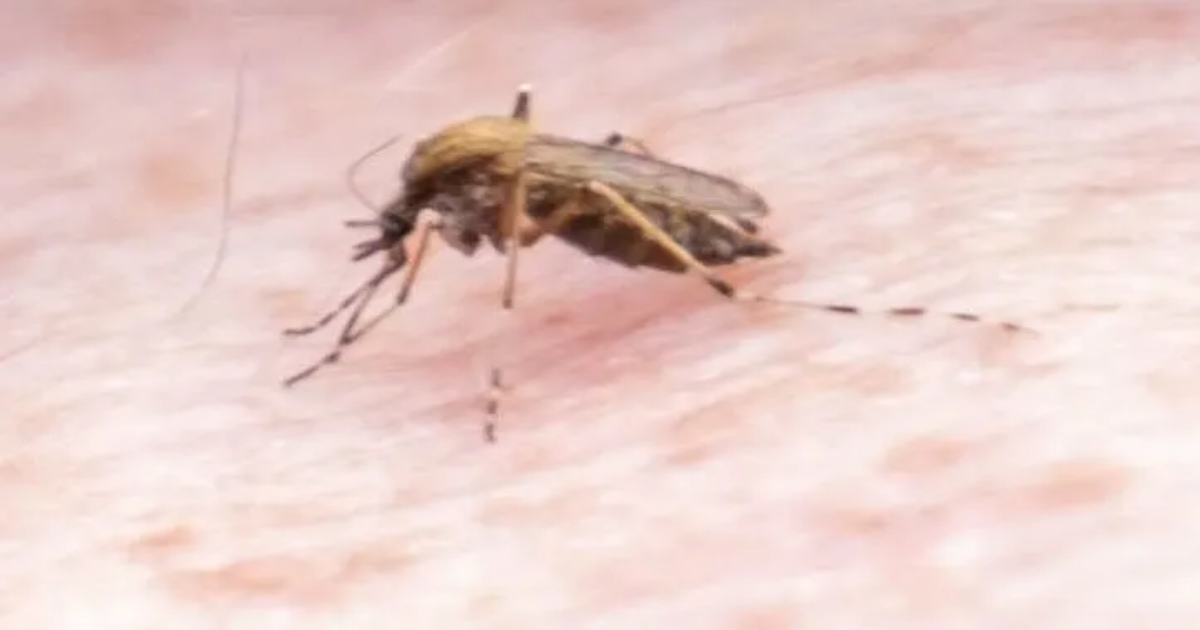U.S. health officials are cautioning travelers about a mosquito-borne illness being transmitted in parts of Asia, South America, Africa and the Indian Ocean.
Across the globe, the chikungunya virus has sparked 240,000 cases and 90 deaths in 2025, according to the European Centre for Disease Prevention and Control.
The virus, which is infecting people through bites from Aedes mosquitoes, has been spreading in China’s Guangdong province this summer. Health officials reported the area has seen over 7,000 confirmed cases since June.
The U.S. Centers for Disease Control and Prevention (CDC) this month issued a travel notice for the Guangdon province in China, encouraging travelers to practice enhanced precautions. The agency issued the same notices for other countries where outbreaks have been reported, including Bolivia, Kenya, Madagascar, Mauritius, Mayotte, Réunion, Somalia and Sri Lanka.
The CDC is also asking U.S. residents to exercise caution when visiting the following countries, which have not yet reported an outbreak but are at elevated risk of exposure: Brazil, Colombia, Mexico, India, Pakistan, Philippines, Thailand and Nigeria.
According to the World Health Organization (WHO), 5.6 billion people are at risk of arboviral diseases such as chikungunya. Other widespread arboviruses impacting humans include dengue, Zika and yellow fever.
What are the symptoms of chikungunya?
Symptoms of the disease include fever, joint pain and swelling, headache, muscle pain and rash, according to the CDC.
How long does infection last?
The illness typically lasts between two to 12 days after infection. Some patients can experience extreme symptoms and the virus can be fatal. Elderly people, newborns and individuals with underlying medical conditions are at higher risk of medical intervention.
Severe complications, including cardiovascular, neurological and multiorgan involvement, may require intensive medical care, according to the WHO.
However, more than half of patients will experience symptoms commonly associated with a fever.
What treatments are available?
There are no known antiviral treatments for the illness.
Medications can be used to manage pain and fever. Two chikungunya vaccines have received regulatory approval but are not widely available. In May, federal officials recommended pausing a vaccine in the United States after reports of serious adverse events.
The illness was first discovered in Tanzania in 1952, with outbreaks being reported in Africa and Asia, according to the WHO. Since then, the virus has been transmitted to 119 countries. Last year, more than 620,000 and 213 deaths were reported globally, according to the European Centre for Disease Prevention and Control.
In what was then dubbed the largest documented outbreak of chikungunya, an estimated several hundred thousand people were affected by “explosive” outbreaks of the virus in the Indian Ocean islands and India, according to a 2008 study. It’s estimated that about 60 percent of regional populations were exposed.
CDC issues travel notice for Americans
The CDC issued a travel warning on Friday, Aug. 1, advising U.S. residents to take enhanced precautions when traveling to China. Most of the country’s cases have been reported in the city of Foshan.
Last month, Chinese officials held a national conference to discuss treatments for and prevention of the illness. Authorities agreed to continue monitoring the situation and issue early warnings through multiple channels to prevent further spreading, according to China’s National Health Commission.
Michelle Del Rey is a trending news reporter at USA TODAY. Contact her at [email protected]
